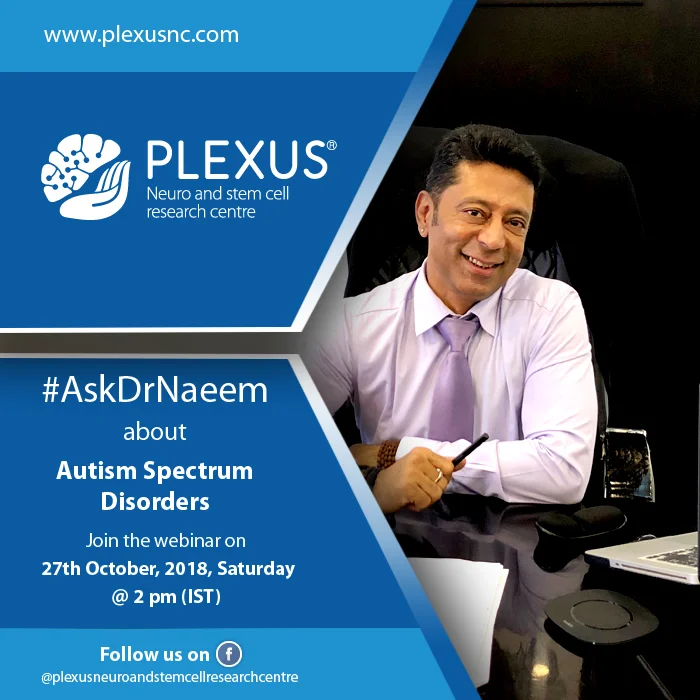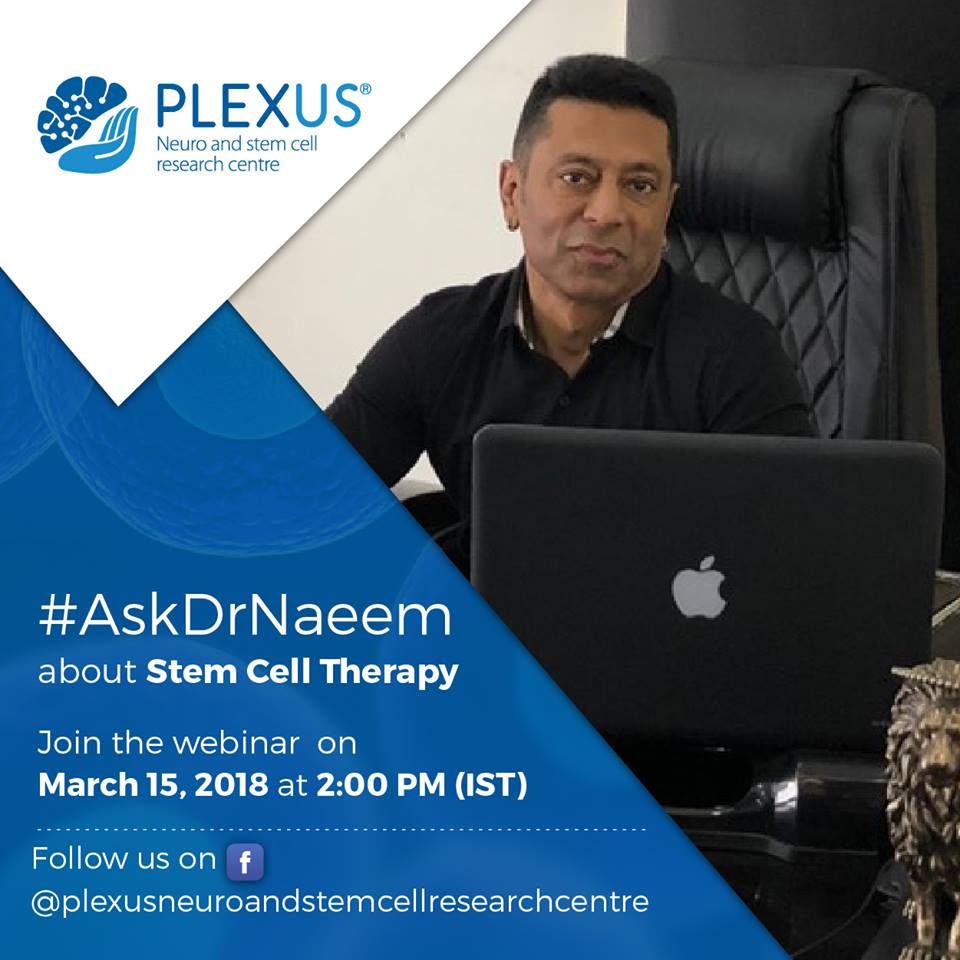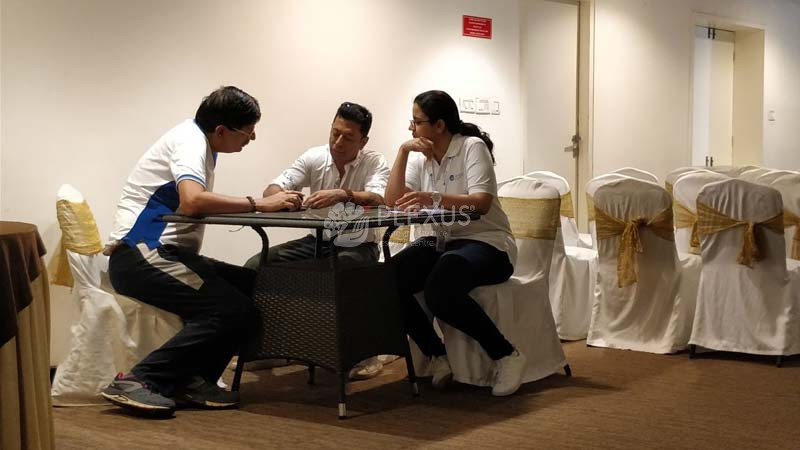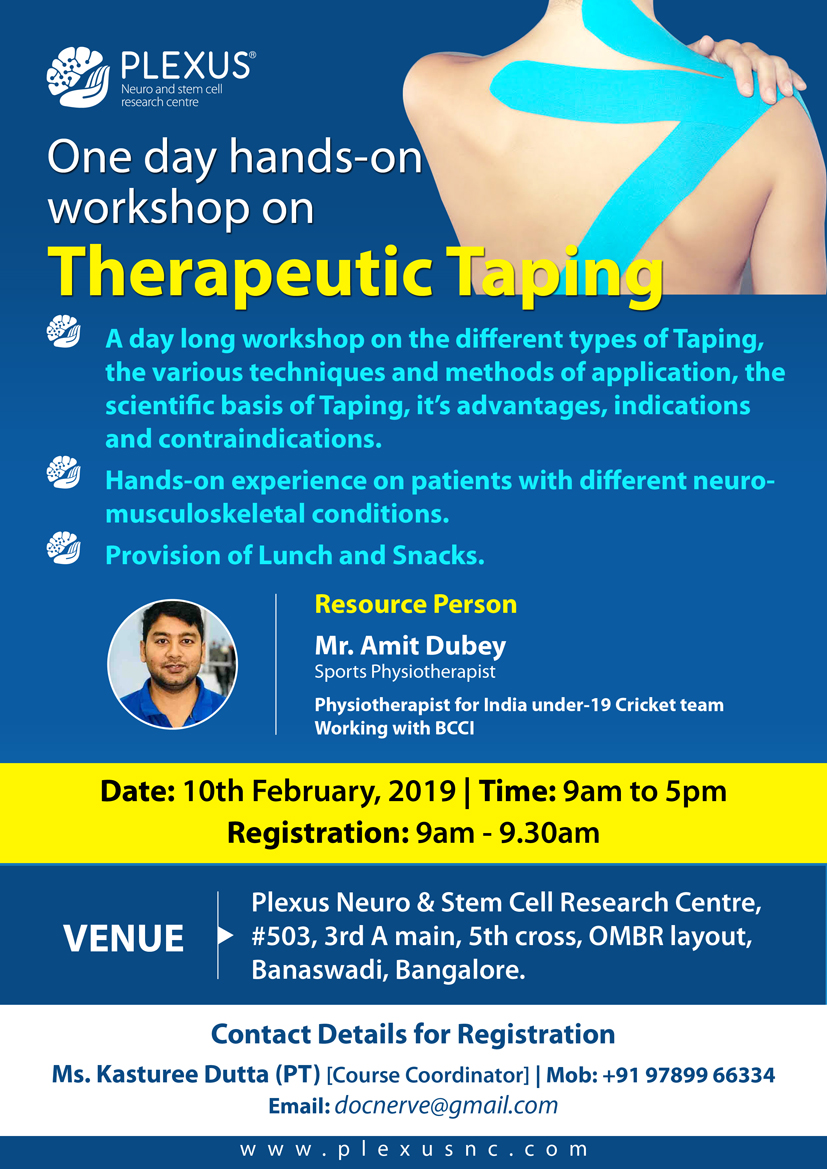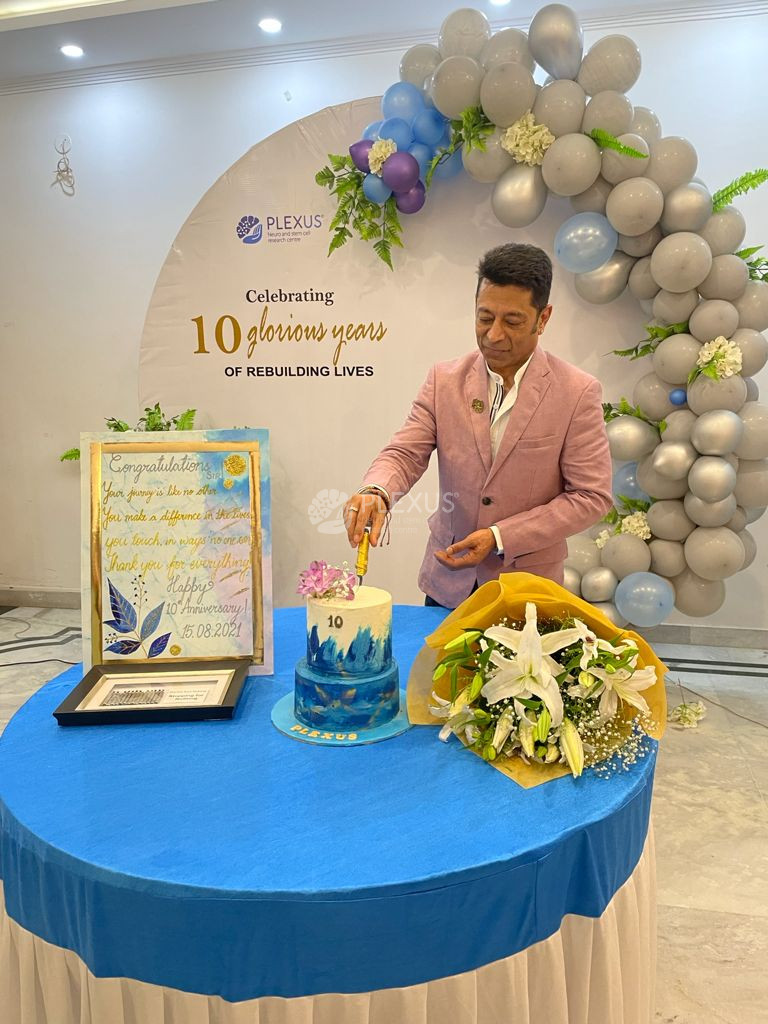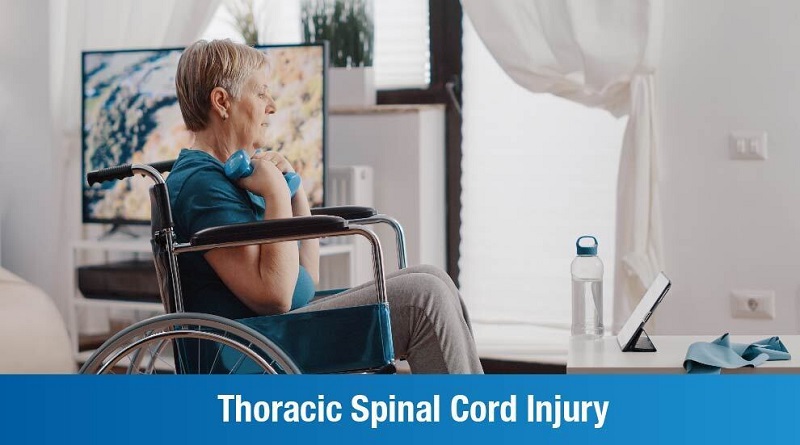
Ever wondered how we are able to experience so many sensations such as touch, taste, hear, etc.? Ever thought of the way our five senses work to help us make sense of everyday life and multiple stimuli? The answers lie in our spinal cord. It carries nerve signals from the brain to the rest of the body, and vice versa. These nerve signals help us understand the sensations in our body, and even play a significant role in body movements and function. Think of the spinal cord as the headquarters of the nervous system.
So, what happens when the headquarters is injured? It results in a spinal cord injury, Of the four types of spinal cord injuries – thoracic, cervical, lumbar, and sacral – this article explores the symptoms and rehabilitation options for lumbar spinal cord injury.
Understanding spinal cord injury
A spinal cord injury (SCI) is caused by a traumatic injury that can either bruise, partially tear, or completely tear the spinal cord.
An SCI can result in weakness, loss of muscle function, loss of sensation in the body, improper bowel and bladder control, as well as loss of sexual function. If you or your loved one has recently suffered any kind of trauma or injury, you need to be mindful of these symptoms, and make sure you consult your doctor right away. The time between the injury and treatment plays a critical role in determining the severity and extent of damage (complications).
Types of spinal cord injuries
On a generic level, most SCIs are a result of a sudden, traumatic blow to the vertebrae in the back, which would normally require surgery, medication, or physical therapy. Depending on the cause of the injury or trauma, SCIs can be classified as:
- Complete: A complete SCI causes a “complete” lack of function or paralysis below the level of the injury. It is known to affect both sides of the body, and can paralyse all four limbs (quadriplegia) or just the lower half of the body (paraplegia).
- Incomplete: In the case of an incomplete SCI, some function remains on one or both sides of the body. The body and brain can still communicate along certain pathways.
What is a lumbar spinal cord injury?
The lumbar spine comprises L1 to L5 lumbar vertebrae, and is the lowermost part of the spinal cord. It is located below the thoracic section in the back and carries the most weight compared to any other sections of the spine. A lumbar SCI is an injury to the lumbar spine which impacts the lumbar nerves.
An injury to the lumbar nerves is likely to result in some loss of function in the hips and legs.
According to the National Spinal Cord Injury Statistical Center, the three types of lumbar SCIs are tetraplegia, paraplegia, and triplegia. Of these, the two most common types of SCIs are incomplete tetraplegia and paraplegia, with incomplete SCIs accounting for more than 65% of all SCIs.
Lumbar spinal cord injury symptoms
The symptoms of a lumbar SCI can include extreme back pain or pressure in your neck, head, or back. You could also experience weakness, or paralysis in a certain part of your body, numbness, tingling, or loss of sensation in your hands, fingers, feet, or toes. As is the case with most neurological conditions, the symptoms of an SCI can also differ from patient to patient.
Nevertheless, below are some of the most commonly observed symptoms of a lumbar SCI:
- Pain while walking or inability to walk
- Loss of bladder and/or bowel control
- Pressure, pain or stiffness in the back or neck area
- Headaches
- Loss of consciousness
- Respiratory troubles
- Numbness or tingling in extremities
- Decreased sensation in arms and/or legs
- Loss of function in hips and legs
- Signs of shock
- Unusual lumps along the spine
Causes of lumbar spinal cord injury
A lumbar SCI may typically be attributed to any of the following causes:
- Sports injuries
- Motor vehicle accidents
- Acts of violence
- Birth injuries
- Gunshot wounds
- Degeneration
- Osteoporosis
- Falls
Classification of lumbar spinal cord injury
Based on which lumbar vertebra has been impacted by trauma, there are five classifications of a lumbar SCI. Let’s look at the causes and symptoms of each.
Injury to L1 – Affects hip flexion; can result in paraplegia, numbness in legs, loss of bladder and/or bowel control
Injury to L2 – Affects hip flexion; can result in paraplegia, numbness in legs
Injury to L3 – Affects groin, hips, legs; causes weakness, numbness, loss of flexibility
Injury to L4 – Causes difficulty in bending feet in a specific direction
An injury to the L4 is comparatively less severe than injuries to L1, L2, or L3.
Injury to L5 – Causes weakness and numbness in legs
Note: L1 contains a portion of the spinal cord. L2 contains the end of the spinal cord. L3, L4, and L5 contain spinal nerves.
Lumbar SCI Rehabilitation in India
At Plexus, we prescribe therapies that manage the nerve root pain with the help of non-steroidal anti-inflammatory drugs, and epidural injections in the lumbar and cervical spine. Along with pattern exercises, our regenerative rehabilitation programme for SCI consists of:
- Stem Cell Therapy: A regenerative medical treatment that uses stem cells that are characterized by self-renewal and their ability to become any cell in an organism, stem cell therapy can potentially provide trophic support to the injured spinal cord microenvironment by modulating the inflammatory response, increasing vascularisation and suppressing cystic change.
- Occupational Therapy – It facilitates regaining independence by teaching you adaptive techniques for activities of daily living, community re-entry, and other tasks that you may like to engage in such as housework, caring for others, work/school etc.
- Physical Therapy – This can help you improve mobility, strength, and flexibility through targeted exercises.
Additionally, depending on the severity of the injury and its symptoms, our team of SCI specialists may recommend orthotics and/or surgery. The former are wearable devices that can enable musculoskeletal alignment. The latter may decompress the spinal cord, stabilise the spinal column, manually lengthen spastic tendons and muscles, and minimise the hyperactivity of spastic muscles.
While different people may have different experiences, a personalised approach to rehabilitation is essential, where specific requirements can be met. Commitment to therapy programmes and supportive counseling sessions are equally important for efficient symptoms management.

